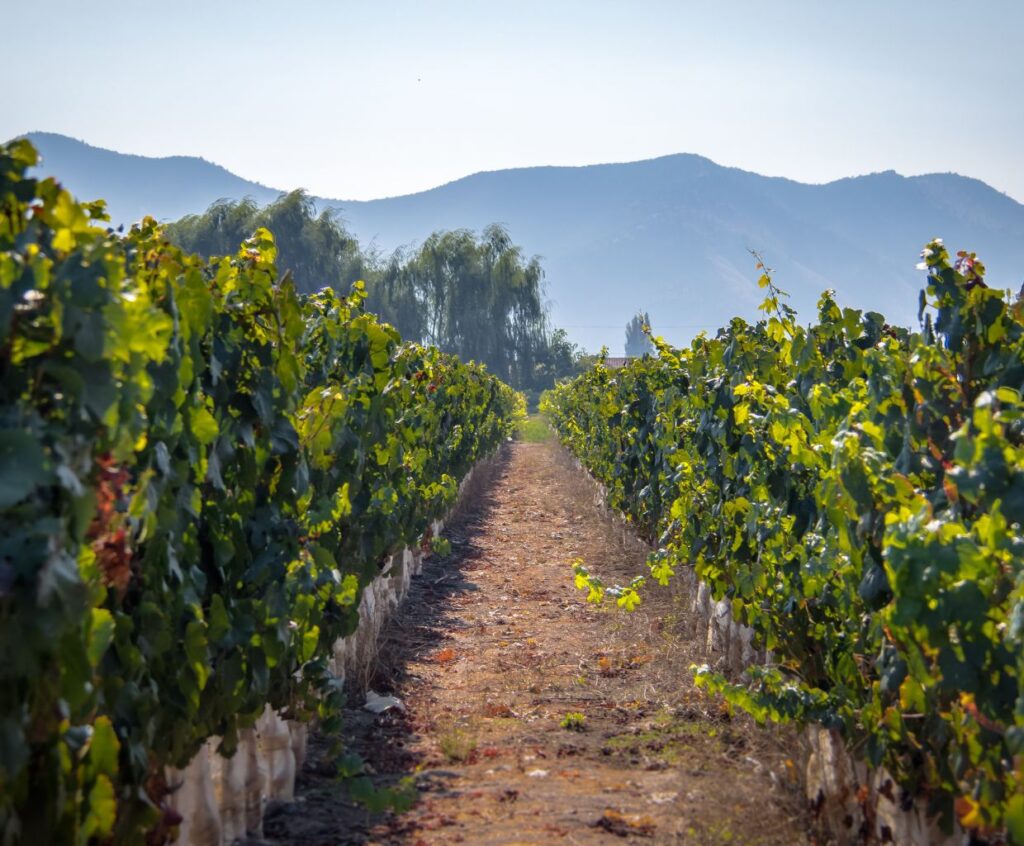Unveiling the Art of Winemaking in Chile: A Journey Through Tradition and Innovation
Chile, a land of breathtaking landscapes and vibrant culture, is renowned for its exceptional wines. Nestled between the Pacific Ocean and the Andes Mountains, this South American country boasts ideal conditions for grape cultivation.
With a winemaking history dating back centuries, Chilean wine has evolved into a fine art, blending tradition and innovation to create unique and exquisite flavors.
A Reflection of Tradition
Chilean winemaking traditions can be traced back to the 16th century when Spanish conquistadors introduced grapevines. Over time, these vines adapted to the local climate and soil conditions, developing distinct Chilean wine varieties.
The traditional cultivation methods, such as handpicking grapes and aging wines in oak barrels, have been preserved and passed down through generations of winemakers.
Innovative Techniques and Modernity
While honoring their rich winemaking heritage, Chilean vintners have also embraced modern techniques and technologies to enhance the quality and diversity of their wines.
These innovations have allowed winemakers to experiment with different grape varieties and produce wines that cater to evolving consumer preferences, from advanced irrigation systems to temperature-controlled fermentation processes.
Exploring Chile’s Wine Regions
Chile’s unique geography, diverse microclimates, and rich soil have given rise to several distinct wine regions with characteristic flavors and styles.
Whether you prefer the crisp whites of the coastal Casablanca Valley, the bold reds of the Maipo Valley, or the elegant Pinot Noirs of the cool-climate Leyda Valley, Chile has a wine region to satisfy every palate.
The Colchagua Valley: A Haven for Wine Enthusiasts
The Colchagua Valley in central Chile is often called the “Napa Valley of South America.” This picturesque region is known for its world-class Cabernet Sauvignon and Carmenere wines.
Visitors can participate in vineyard tours, wine tastings, and even grape stomping events, immersing themselves in the winemaking process while enjoying the stunning vistas of the surrounding vineyards.
The Limari Valley: A Testament to Chilean Ingenuity
The Limari Valley, situated in the country’s northern part, showcases Chilean winemakers’ ingenuity. Despite the arid climate and challenging conditions, vintners have harnessed the power of modern irrigation techniques to produce exceptional cool-climate wines.
The crisp Chardonnays and vibrant Syrahs of the Limari Valley are a testament to these winemakers’ unwavering dedication and determination.
Unveiling the Art of Winemaking in Chile – Conclusion
Unveiling the art of winemaking in Chile is a journey that combines the best of tradition and innovation. With its rich history, breathtaking landscapes, and exceptional wines, Chile has firmly established itself as a world-class wine destination.
Whether you are a wine lover or appreciate a good glass of vino, exploring the diverse wine regions of Chile promises an unforgettable experience for all.
What role does innovation play in shaping the future of winemaking in Chile?
Innovation plays a crucial role in shaping the future of winemaking in Chile. Over the years, Chile has established itself as a prominent wine-producing country known for its high-quality wines. However, to stay competitive in the global market and adapt to changing consumer preferences, the Chilean wine industry has had to embrace innovation in various aspects of winemaking.
One area where innovation has been significant is in vineyard management and cultivation practices. Chilean winemakers have introduced new techniques and technologies to improve grape quality and yield. This includes precision agriculture, where data and sensors are utilized to monitor and optimize irrigation, fertilization, and pest control. By adopting these innovative practices, winemakers can produce healthier grapes, producing better and more consistent wines.
Innovation also plays a role in the winemaking process itself. Wineries have invested in state-of-the-art equipment and technology to enhance fermentation, aging, and bottling processes. This allows for more precise control over variables such as temperature and oxygen exposure, leading to wines with improved flavors, aromas, and textures.
Furthermore, innovation is driving sustainability in the Chilean wine industry. Wineries implement environmentally friendly practices, such as water and energy conservation, recycling, and organic or biodynamic farming. These sustainable approaches contribute to the preservation of the environment and resonate with the growing consumer demand for eco-friendly products.
Additionally, innovation is shaping marketing and distribution strategies in the Chilean wine industry. Wineries leverage technology and digital platforms to reach a wider audience and engage consumers. Online sales, social media campaigns, and virtual tastings have become standard practices, allowing winemakers to connect directly with customers and create personalized experiences.
In conclusion, innovation is crucial in shaping Chile’s winemaking future. From vineyard management to winemaking techniques, sustainability practices, and marketing strategies, innovation is driving the evolution of the Chilean wine industry. By embracing innovation, Chilean winemakers can continue to produce exceptional wines while adapting to changing consumer preferences and global market trends.
How does the journey through Chilean winemaking traditions help uncover the secrets behind its acclaimed wines?
Chilean winemaking traditions have been passed down through generations, resulting in a deep understanding and expertise in the craft. The journey through these traditions allows for a comprehensive exploration of the techniques, processes, and philosophies that contribute to the creation of acclaimed Chilean wines.
One key aspect of Chilean winemaking traditions is the focus on terroir. Chile’s unique geographical conditions, such as its long and narrow shape, diverse microclimates, and proximity to the Pacific Ocean and the Andes Mountains, contribute to the distinct characteristics of its wines. By understanding and respecting the terroir, winemakers can uncover the secrets behind the flavors, aromas, and textures that make Chilean wines exceptional.
Furthermore, the journey through Chilean winemaking traditions involves using traditional grape varieties that have thrived in the country for centuries. These varieties, such as Carmenere, Pais, and Muscat of Alexandria, have adapted to Chile’s climate and soil conditions, resulting in a sense of place and authenticity of wines. Exploring these traditional grape varieties and their cultivation methods can provide insights into the unique qualities that define Chilean wines.
Additionally, the journey through Chilean winemaking traditions involves using traditional winemaking techniques. For instance, many winemakers in Chile still practice hand harvesting, manual sorting, and natural fermentation. These traditional methods allow for a more hands-on approach and a closer connection to the winemaking process, which can result in wines with greater complexity and character.
Lastly, the journey through Chilean winemaking traditions includes the knowledge and expertise of winemakers who have honed their skills over generations. This collective wisdom, combined with modern technological advancements and viticulture practices, allows for a continuous evolution and improvement of Chilean wines. By studying and embracing these traditions, winemakers can uncover the secrets behind the acclaimed wines of Chile and continue to push the boundaries of quality and innovation.
In conclusion, the journey through Chilean winemaking traditions helps uncover the secrets behind its acclaimed wines by delving into the terroir, traditional grape varieties, winemaking techniques, and the expertise of generations of winemakers. These elements combine to create wines that showcase the unique characteristics of Chile and contribute to its reputation as a world-class wine-producing country.




